Sol 3565: Over, Around, and Through
Thursday, 25 August 2022 10:01 We filled much of today's plan imaging the wonders around and ahead of us as we pick our way through "Paraitepuy Pass" - the towering buttes, geologic relationships, and layers that have drawn our attention for a literal decade.
But it is also fun to look back on how we got to where we are. The image above traces a small segment of our path traversing the obstacles that guard the pass - ov
We filled much of today's plan imaging the wonders around and ahead of us as we pick our way through "Paraitepuy Pass" - the towering buttes, geologic relationships, and layers that have drawn our attention for a literal decade.
But it is also fun to look back on how we got to where we are. The image above traces a small segment of our path traversing the obstacles that guard the pass - ov Slow and steady does it on Sol 3564
Thursday, 25 August 2022 10:01 We are making slow but steady progress through the "Paraitepuy pass," having passed the approximate halfway point over the weekend. Today's one sol plan found us staring around the corner at the neck of the pass and considering our drive path forward.
Sometimes, our drive forward is smooth and flat ... neither word can be used here! Our drive forward has abundant sand and sharp rocks, so f
We are making slow but steady progress through the "Paraitepuy pass," having passed the approximate halfway point over the weekend. Today's one sol plan found us staring around the corner at the neck of the pass and considering our drive path forward.
Sometimes, our drive forward is smooth and flat ... neither word can be used here! Our drive forward has abundant sand and sharp rocks, so f Scientists say exoplanet 100 light years from Earth may be covered with deep ocean
Thursday, 25 August 2022 10:01 A team of researchers have discovered an exoplanet about 100 light years away from Earth in the Draco constellation, and they say the world appears to be covered in a deep ocean.
The exoplanet - called TOI-1452b - is slightly larger than the Earth and is located in a "Goldilocks zone," where temperatures are neither too hot nor too cold for liquid water to exist. Therefore, astronomer
A team of researchers have discovered an exoplanet about 100 light years away from Earth in the Draco constellation, and they say the world appears to be covered in a deep ocean.
The exoplanet - called TOI-1452b - is slightly larger than the Earth and is located in a "Goldilocks zone," where temperatures are neither too hot nor too cold for liquid water to exist. Therefore, astronomer Keele researchers study turbulence raging inside distant stars
Thursday, 25 August 2022 10:01 Stunning new images created by Keele researchers highlight the turbulent flow of energy inside distant stars.
They were created using the 3D simulation software "PROMPI", which scientists have been using to investigate stellar interiors with the aim of understanding the science of stellar evolution and black holes.
For years scientists have used one-dimensional models to explain and
Stunning new images created by Keele researchers highlight the turbulent flow of energy inside distant stars.
They were created using the 3D simulation software "PROMPI", which scientists have been using to investigate stellar interiors with the aim of understanding the science of stellar evolution and black holes.
For years scientists have used one-dimensional models to explain and Team Miles prepares for inflight test of new thruster technology
Wednesday, 24 August 2022 22:29
Team Miles founder Wesley Faler has spent more than a decade developing and refining the water-fueled plasma thrusters set to fly for the first time on a cubesat launching alongside the NASA Artemis-1 mission.
The post Team Miles prepares for inflight test of new thruster technology appeared first on SpaceNews.
‘State of the space industrial base’ report calls for national plan to compete with China
Wednesday, 24 August 2022 19:39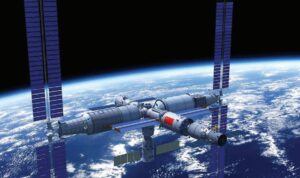
The "State of the Space Industrial Base 2022" report urges the U.S. government to lay out a national strategy for space that embraces the private sector as a key partner
The post ‘State of the space industrial base’ report calls for national plan to compete with China appeared first on SpaceNews.
Working in tandem: NASA's networks empower Artemis I
Wednesday, 24 August 2022 19:16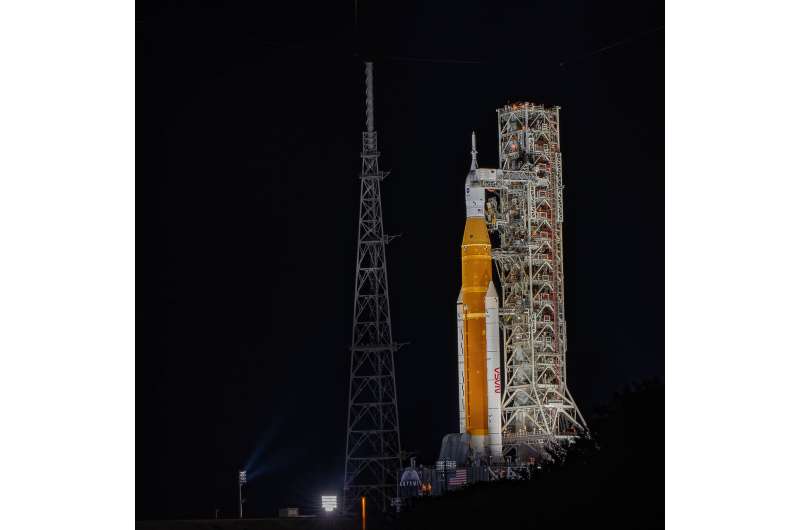
NASA's Artemis missions are returning humanity to the Moon and beginning a new era of lunar exploration. Soon, the agency plans to launch the Artemis I mission, an uncrewed flight test that will take a human-rated spacecraft farther than any before.
Although uncrewed, Artemis I will test essential systems for future crewed missions to the lunar region, including the first-ever launch of NASA's most powerful rocket, the Space Launch System (SLS). The SLS rocket will launch from NASA's Kennedy Space Center in Cape Canaveral, Florida, and enter a complex orbit to bring the Orion spacecraft to the Moon.
NASA Wallops launch supports SpEED Demon testing science instruments
Wednesday, 24 August 2022 19:12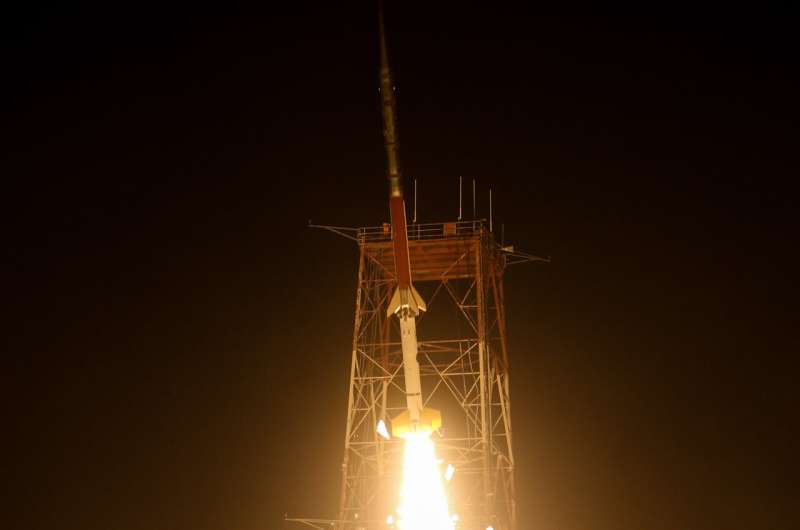
A sounding rocket launch testing science instruments for future missions was successfully conducted at 9:16 p.m. EDT, Aug. 23, 2022, from NASA's Wallops Flight Facility in Virginia.
The Terrier-Improved Malemute carried the Sporadic-E ElectroDynamics Demonstration mission, or SpEED Demon, to an apogee of 100 miles before descending and landing in the Atlantic Ocean. The experiment was not planned to be recovered.
The purpose of the SpEED Demon mission was to test new instrumentation along with heritage instruments that have flown on other sounding rocket missions, but not together.
The SpEED Demon instruments will be further improved based on results from this launch and will subsequently fly on a science mission targeted for summer 2024 from the Kwajalein Atoll in the Marshall Islands and possibly many other sounding rocket opportunities.
"This was an excellent mission. Preliminary analysis shows that we flew through a Sporadic E event on the downleg and the data looks great. We'll be looking at the performance of all instruments to get us ready for the 2024 launch," said Aroh Barjatya, SpEED Demon principal investigator and director of the Space and Atmospheric Instrumentation Lab at Embry-Riddle Aeronautical University in Daytona Beach, Florida.
EXPLAINER: NASA tests new moon rocket, 50 years after Apollo
Wednesday, 24 August 2022 17:58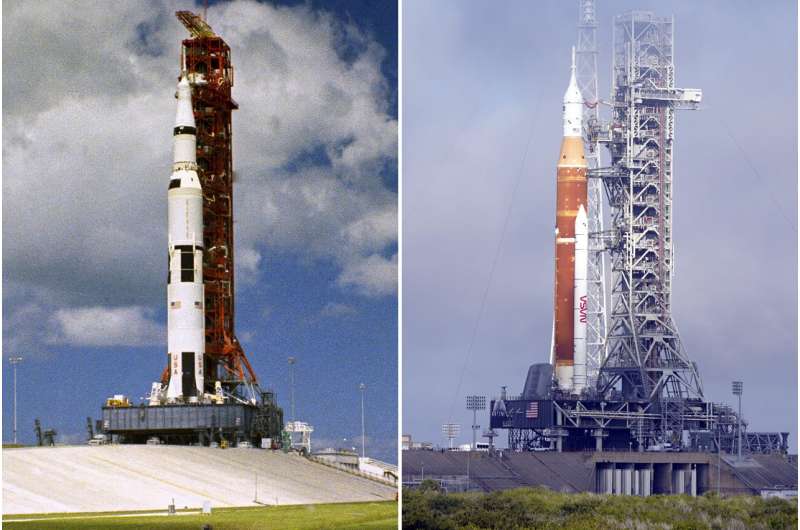
Here's what a black hole sounds like, according to NASA. Yes, it's 'frightening'
Wednesday, 24 August 2022 16:50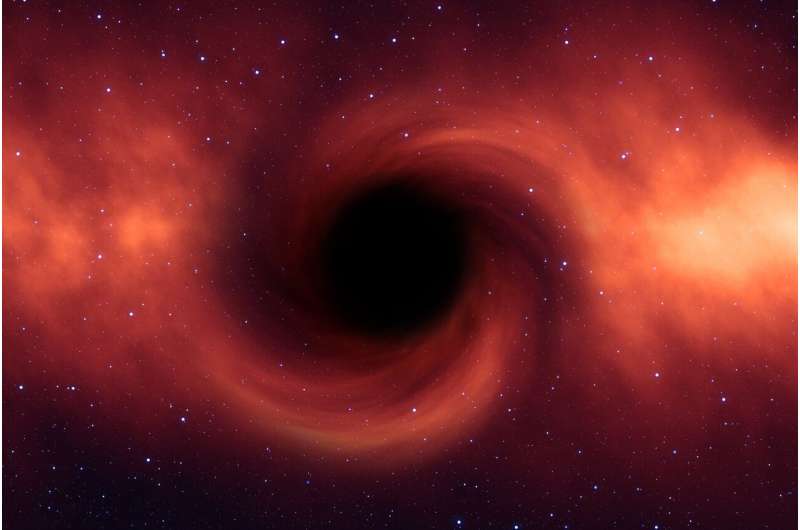
NASA this week shared an audio clip on social media that allows you to "hear" a black hole.
No surprise, the sound is terrifying.
NASA Exoplanets, a team at the agency focused on planets and other information outside of our solar system, tweeted the 34-second clip on Sunday and said there's a "misconception" that there is no sound in space.
But they explained that "A galaxy cluster has so much gas that we've picked up actual sound. Here it's amplified, and mixed with other data, to hear a black hole."
You wouldn't be able to hear what a black hole really sounds like
NASA initially released the so-called "sonification" earlier this year, explaining that researchers have "associated" the black hole in the Perseus galaxy cluster with sound since 2003.
"This is because astronomers discovered that pressure waves sent out by the black hole caused ripples in the cluster's hot gas that could be translated into a note—one that humans cannot hear some 57 octaves below middle C," NASA confirmed in a news release.
The signals "are being heard 144 quadrillion and 288 quadrillion times higher than their original frequency," NASA added.
Megaconstellation startup E-Space expands leadership team
Wednesday, 24 August 2022 16:31
E-Space has expanded its leadership team as the startup prepares to start serial production next year for a network of potentially hundreds of thousands of satellites.
The post Megaconstellation startup E-Space expands leadership team appeared first on SpaceNews.
Op-ed | The Rare Earth Ripple Effect of Russia’s War on Ukraine
Wednesday, 24 August 2022 16:05
In the six months since Russia invaded Ukraine, a litany of follow-on effects from the conflict have reverberated throughout the globe, many of which could achieve permanence as a new norm or standard.
The post Op-ed | The Rare Earth Ripple Effect of Russia’s War on Ukraine appeared first on SpaceNews.
NASA to fly six scientific balloons from New Mexico
Wednesday, 24 August 2022 14:35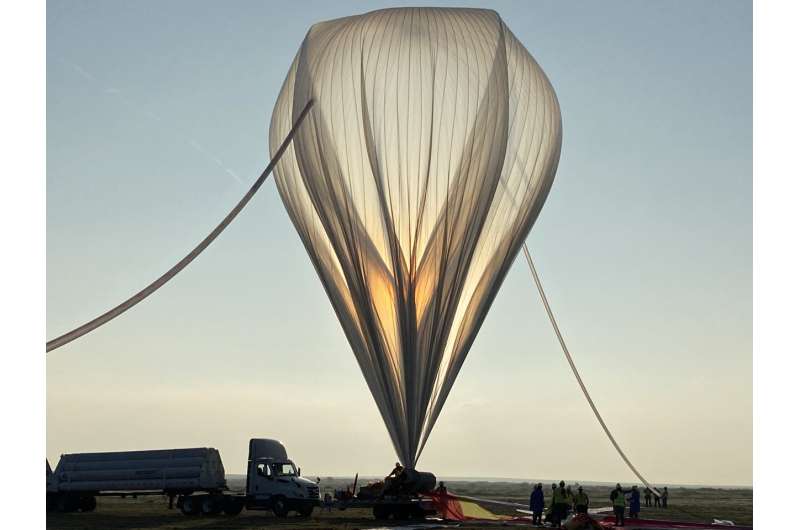
NASA's Scientific Balloon Program is moving full-steam ahead into the fall 2022 campaign with six scientific, engineering, and student balloon flights supporting 17 missions. The flights are scheduled to launch from Fort Sumner, New Mexico, from mid-August through mid-October.
With one balloon already off the ground, a test flight carrying several different technology payloads and other piggyback missions, the team hopes to launch the five remaining balloons by the end of the launch window in support of multiple science and technology initiatives.
"Our balloon platforms can lift several thousand pounds to the edge of space, allowing for multiple, various scientific instruments, technologies, and education payloads to fly together on one balloon flight," said Debbie Fairbrother, Scientific Balloon Program chief at NASA's Wallops Flight Facility in Virginia.
Some of the science missions flying this campaign include the BALloon-Based Observations for sunlit Aurora (BALBOA), testing a wide-view infrared camera designed to study daytime auroras; the Planetary Imaging Concept Testbed Using a Recoverable Experiment—Coronagraph (PICTURE-C) mission that will directly image and characterize dust and debris orbiting nearby stars with the possibility of detecting bright, gas giant planets outside our solar system using a telescope; the TinMan mission hopes to better understand the effects of thermal neutrons in Earth's atmosphere on aircraft electronics; and the 16th High-Altitude Student Platform (HASP) mission that will fly 12 student-built payloads.
'Long time coming': NASA 'a go' for launch of Artemis test mission to moon
Wednesday, 24 August 2022 13:21 NASA says it's set to launch the first test flight Monday of its long-anticipated mission that will return U.S. astronauts to the moon for the first time in 50 years.
The Artemis 1 mission is scheduled for liftoff from Kennedy Space Center in Florida after 8:30 a.m. Monday within a two-hour window, the agency said in a briefing Monday.
The mission is the first test of the newly m
NASA says it's set to launch the first test flight Monday of its long-anticipated mission that will return U.S. astronauts to the moon for the first time in 50 years.
The Artemis 1 mission is scheduled for liftoff from Kennedy Space Center in Florida after 8:30 a.m. Monday within a two-hour window, the agency said in a briefing Monday.
The mission is the first test of the newly m What are wormholes? An astrophysicist explains these shortcuts through space-time
Wednesday, 24 August 2022 13:21 Imagine two towns on two opposite sides of a mountain. People from these towns would probably have to travel all the way around the mountain to visit one another. But, if they wanted to get there faster, they could dig a tunnel straight through the mountain to create a shortcut. That's the idea behind a wormhole.
A wormhole is like a tunnel between two distant points in our universe that c
Imagine two towns on two opposite sides of a mountain. People from these towns would probably have to travel all the way around the mountain to visit one another. But, if they wanted to get there faster, they could dig a tunnel straight through the mountain to create a shortcut. That's the idea behind a wormhole.
A wormhole is like a tunnel between two distant points in our universe that c 
